Every founder wants attention. But not every company is ready for it. There is a moment in early stage building when attention becomes a liability, because the infrastructure underneath is not ready to absorb it.
Founders launch too early, raise before the system is tested, scale marketing before ops are stable. The result is predictable. Burnout, churn, retraction.
The mistake is thinking that users create value. They do not. Infrastructure creates value, and users validate it.
Some of the most enduring companies I know spent their first year invisible. They built products that worked in silence. They served small groups obsessively. They focused on uptime, error logs, and edge-case behavior before they spent a dollar on distribution.
And when they launched, they scaled without breaking.
I call this infrastructure first thinking. The belief that it is better to overbuild for a small audience than to underbuild for a big one. The understanding that technical debt compounds fast, and that fixing something in silence is much easier than fixing it under a spotlight.
This is also how trust is built. Especially in finance, health, or critical infrastructure. Users do not just want features. They want systems that do not fail. And when they test you, they are not judging aesthetics, they are watching for stability.
Attention without readiness breaks momentum. It creates pressure before structure. It forces founders into optics mode when they should still be in architecture mode.
My advice is simple. Earn the right to be seen. Build something that works before you build a story. Because stories fade. But systems that hold — they speak for themselves.







